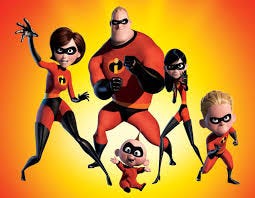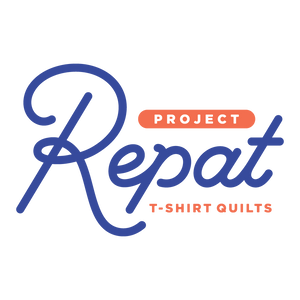Using the Pixar Framework
Jan 04, 2014
In Daniel Pink’s most recent book, To Sell is Human, he gives readers a new perspective on the art of selling. Long gone is the old definition of ABC (always be closing) , Pink says, and now it is-attunement, buoyancy, and clarity. The key to success is feeling empathy towards the person you are selling to, being able to bounce back from defeat, and framing your sell in a clear, well defined manner.

One of the key components of ‘moving’ someone to make the sell is the pitch. At Pixar, which has been incredibly successful over the past twenty years, they use a simple framework to pitch new story concepts:
Once upon a time_______ Every day______________. One day___________________. Because of that, _______________ Because of that _________________. Until finally __________________
I decided to try this framework for Project Repat
Once upon a time over 2 billion t-shirts were distributed each year in the US alone, and many people have memories associated with their shirts.Every day people hold onto their t-shirts , and they end up taking up a lot of space in closets, but people can’t bear to get rid of them. One day we created an affordable way to preserve their tshirt memories and turn them into a tshirt quilt Because of that less t-shirts wound up in landfills and more fair wage work in the USA was created. Because of that people had more space in their closet. Until finally more American could make a purchase that not only preserved their memories, but also added value to the world.

To understand our mission:
Once upon a time all t-shirts were made in the USA. Every dayt-shirt companies had to pay their workers decent wages, but after NAFTA, apparel companies chased cheap labor first in Mexico, then China, then in places like Vietnam and Bangladesh. T-shirts became a cheap commodity, and in many cases, slave labor produced the t-shirts that Americans wore on their backs. One day, we created a way to turn all those t-shirts made overseas into apparel manufacturing work in the USA. Because of that we can slowly reverse the trend of the US losing hundreds of thousands of textile jobs in the past twenty years. Until finally, more Americans had the opportunity to support American made.

